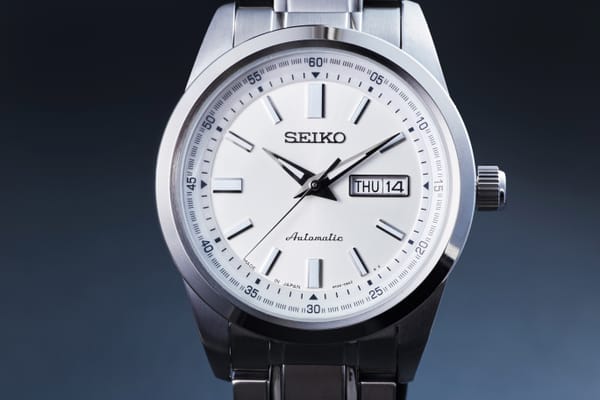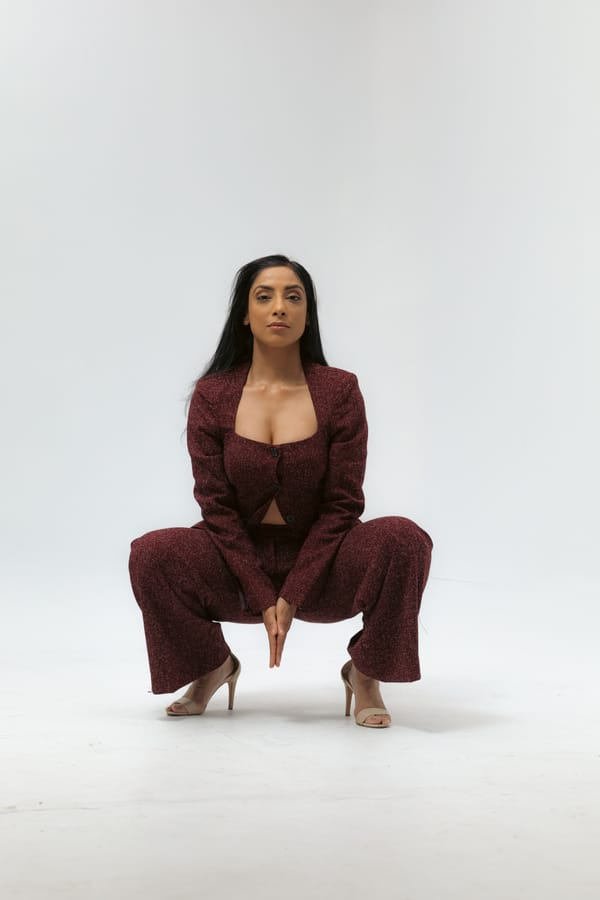A Review Of The Sony Cyber-shot DSC-RX100 III
We're now seeing smartphone manufacturers incorporate a one inch sensor in their cameras as well, which only narrows the technological gap even further. The Sony Cyber-shot DSC-RX100 III provides a far more rewarding user experience however.

Decaf Journal is reader-supported. When you buy links through our site, we may earn an affiliate commission.
There was a time not so long ago when compact digital cameras were ubiquitous in our lives. Everyone seemed to have at least one. They made up the majority of overall camera sales and all of the prominent manufacturers had a healthy variety of models to choose from.
Fully automatic entry level options, bridge super zooms (usually pretty ugly), underwater / tough cameras, and larger sensor premium compacts lined the display cases of camera stores around the world during their peak sales years in the early 2010s. With the initially slow but unwavering advancements in smartphone cameras however, the days of the standalone compact digital camera being the default image making device were numbered.
Fast forward to present day, and the question of whether it still makes sense to use a dedicated compact digital camera at all isn't exactly clear. I do still see the younger generation occasionally using them, but it does make me wonder. Is it just a novelty for those who don't remember a world without the iPhone?
Do standalone compact cameras still offer any advantages or unique shooting experiences that phones aren't able to provide? This is what I wanted to find out by spending some time with the Sony Cyber-shot DSC-RX100 III.
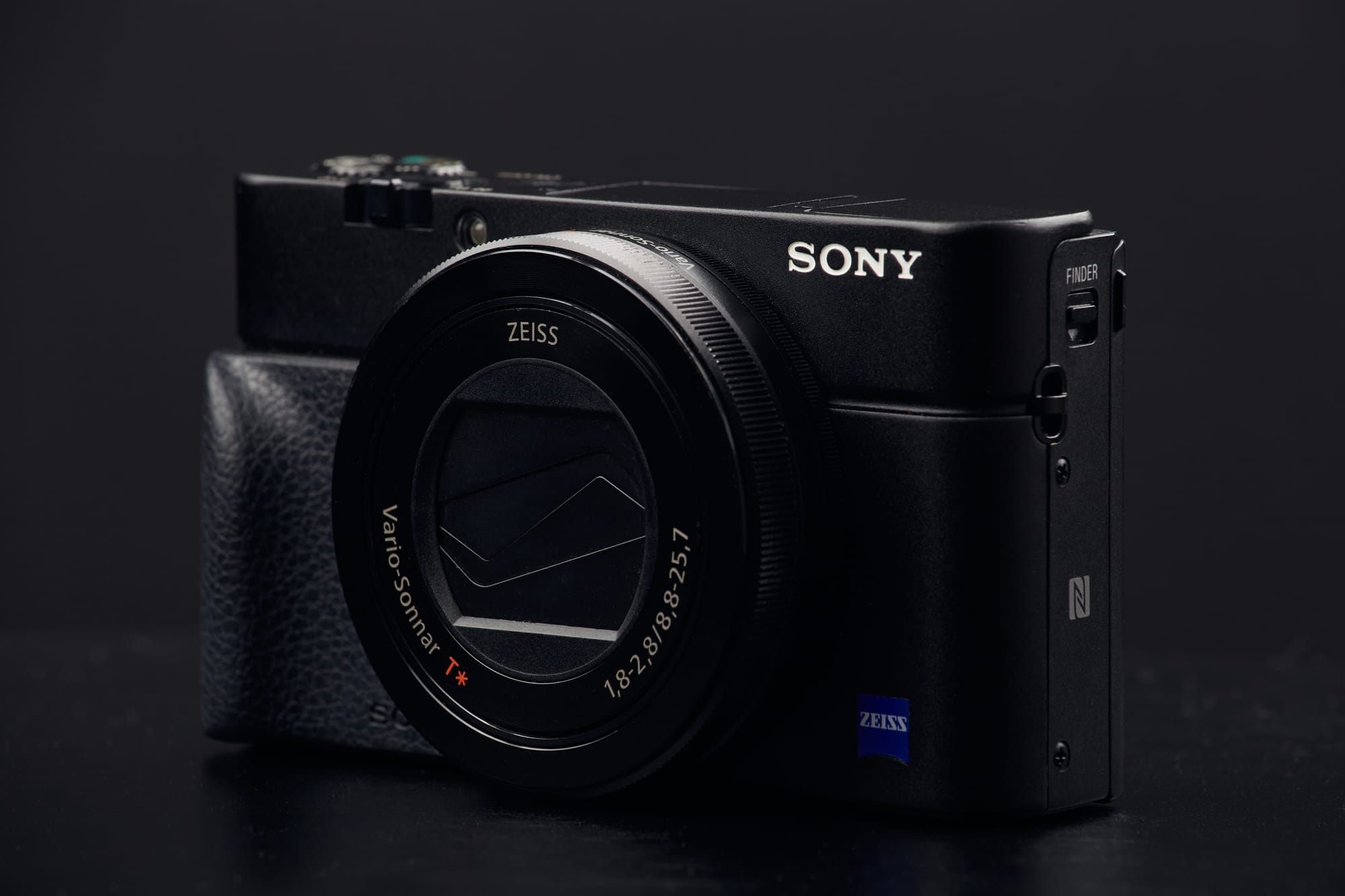
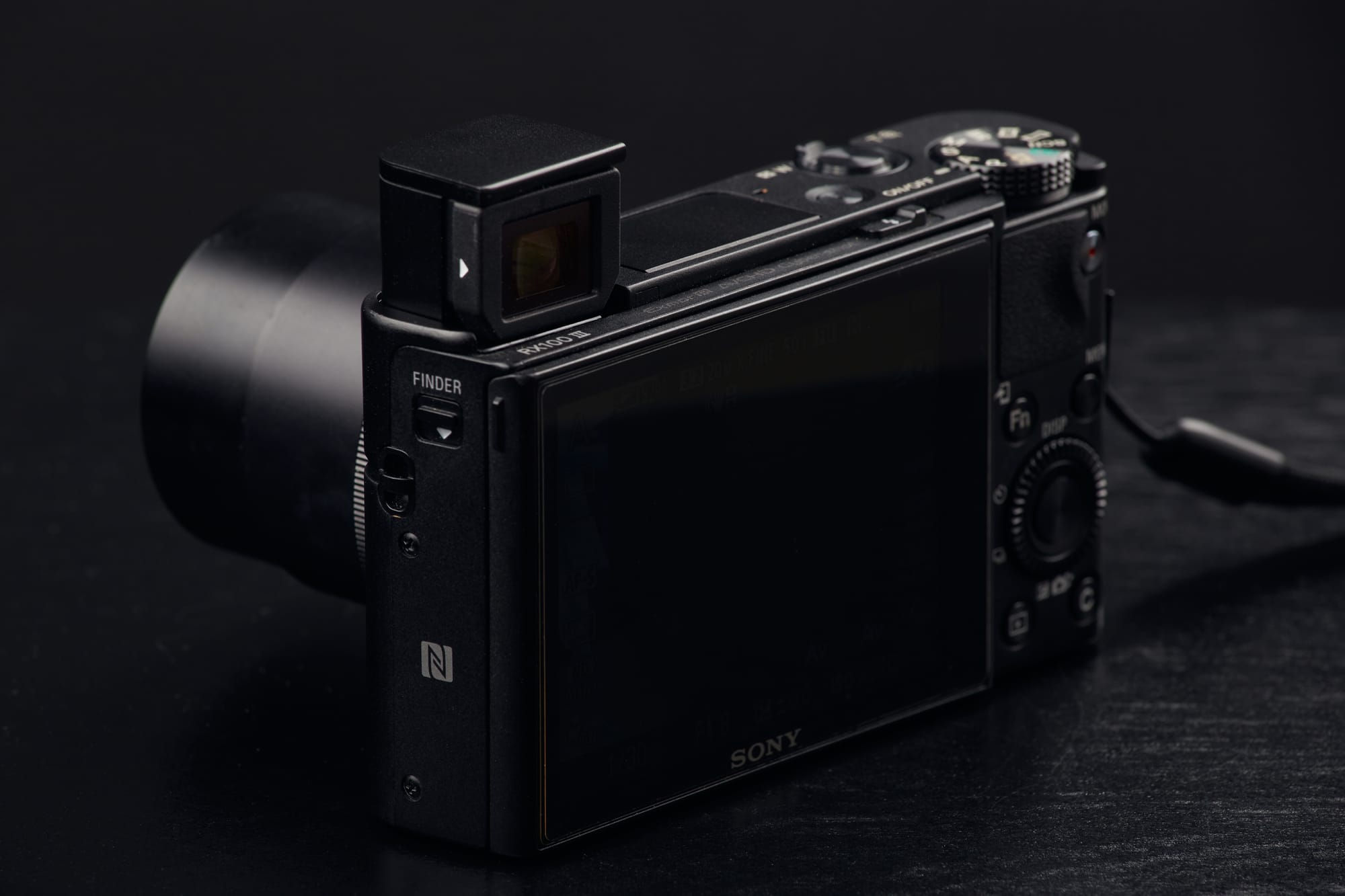
Released in June 2014, the Sony Cyber-shot DSC-RX100 III is a premium compact camera with a 20.9 megapixel one inch sensor. It's equipped with a versatile 24-70mm equivalent Zeiss lens with an aperture range of F1.8-2.8 which is incredibly useful for lowlight situations. Being smaller than today's smartphones, it is a truly pocketable camera that maintains a comfortable grip despite its small body.
It also sports a unique retractable electronic OLED 1,440,000 dot viewfinder that is surprisingly enjoyable to use. On the back of the camera you'll find a three inch tilt-able 1,229,000 dot LCD screen, as well as convenient scroll wheel for physical control of various functions such as shutter speed, aperture, etc, depending on what mode the camera is currently in.
A notable addition to the Sony Cyber-shot DSC-RX100 III's body is a multi-purpose control ring around the lens. This click-less ring functions as the camera's aperture ring when in manual mode with autofocus enabled. When in shutter priority, the shutter speed can be changed via the control ring around the lens or the scroll wheel on the back of the camera.
Likewise with aperture priority, the aperture can be adjusted using either dial. When manual focus is enabled, the control ring changes focus with a zoomed focus assist mode, which is well implemented and makes focus confirmation a breeze. Overall the control ring is a nice touch, but it doesn't provide any haptic feedback.
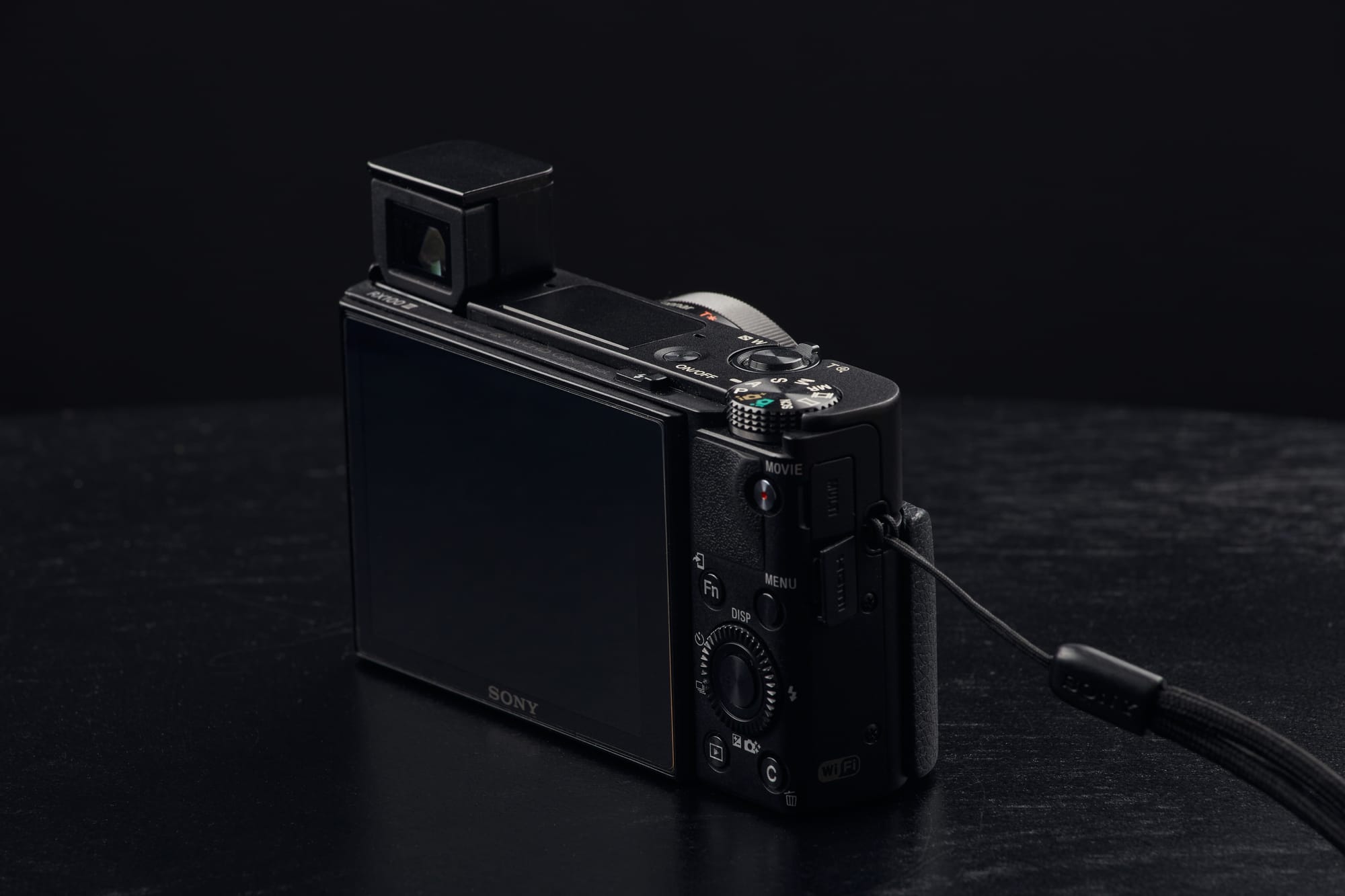

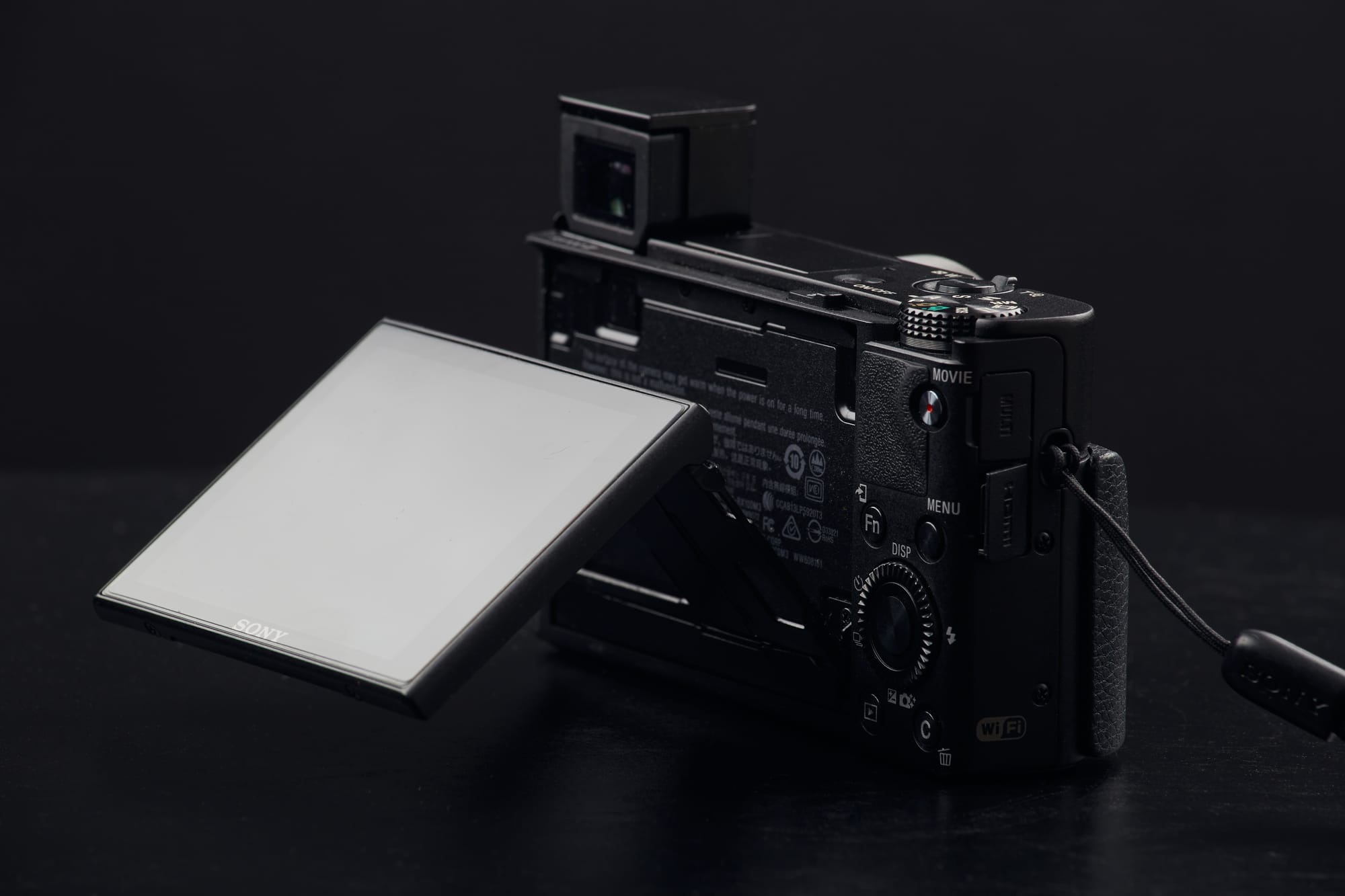
Other features included in the Sony Cyber-shot DSC-RX100 III worth mentioning are as follows:
- Popup flash
- Micro USB charging (sadly not USB-C)
- ISO range from 160-12800, expandable to ISO 100, 125, and 25,600
- Continuous stills shooting up to 10 FPS
- Built in 3 stop ND filter
- Built-in WiFi and NFC for sharing and remote camera control
- Steady-Shot image stabilization, especially useful for video capture / vlogging.
- RAW image capture
The camera has a nice build quality to it overall, but unfortunately it isn't a weather sealed body. Speaking of omissions, there isn't a hot shoe for off camera flash and the lack of a microphone port does limit the the Sony RX100 III's use to more casual projects. That said, the camera has a sleek physical design that is fun to use without ever being a burden.
In terms of internal design, the situation is better than I expected. While Sony has a reputation for implementing complicated menus in their cameras, I didn't find the menu system to be particularly difficult to navigate at all. The only confusing aspect to note is that Sony will sometimes label a feature or function with a specialized name that other camera brands don't adhere to.
Although I didn't explicitly test for battery life, the battery didn't drain noticeably when out shooting for a few hours at a time. I've been able to shoot multiple sessions over a few days without having to charge the battery in between.
Honing in on still image quality, the Sony Cyber-shot DSC-RX100 III produces nice enough Jpegs, but they definitely have a "digital" feel to them. To get the most out of the camera you'll want to shoot in RAW, which elevates its photographic capabilities to a professional standard.
In my experience, the RAW files process quite nicely in Capture One and the overall look of the files impressed me. I'll even say that the image quality from the Sony RX100 III in Capture One reminds me of my other digital cameras, minus any depth of field differences due to sensor size. Skin tones look great, colors are tastefully vivid, focus is consistently sharp, and the latitude in terms of dynamic range is surprisingly usable.
Lastly, the fast f1.8-2.8 lens means that you can stay at lower ISOs more often and maintain beautiful image quality. The RX100 III's biggest weakness is in the camera's tiny one inch sensor. As a result, it's very limited in the amount of subject separation that's possible, but otherwise the images look great.
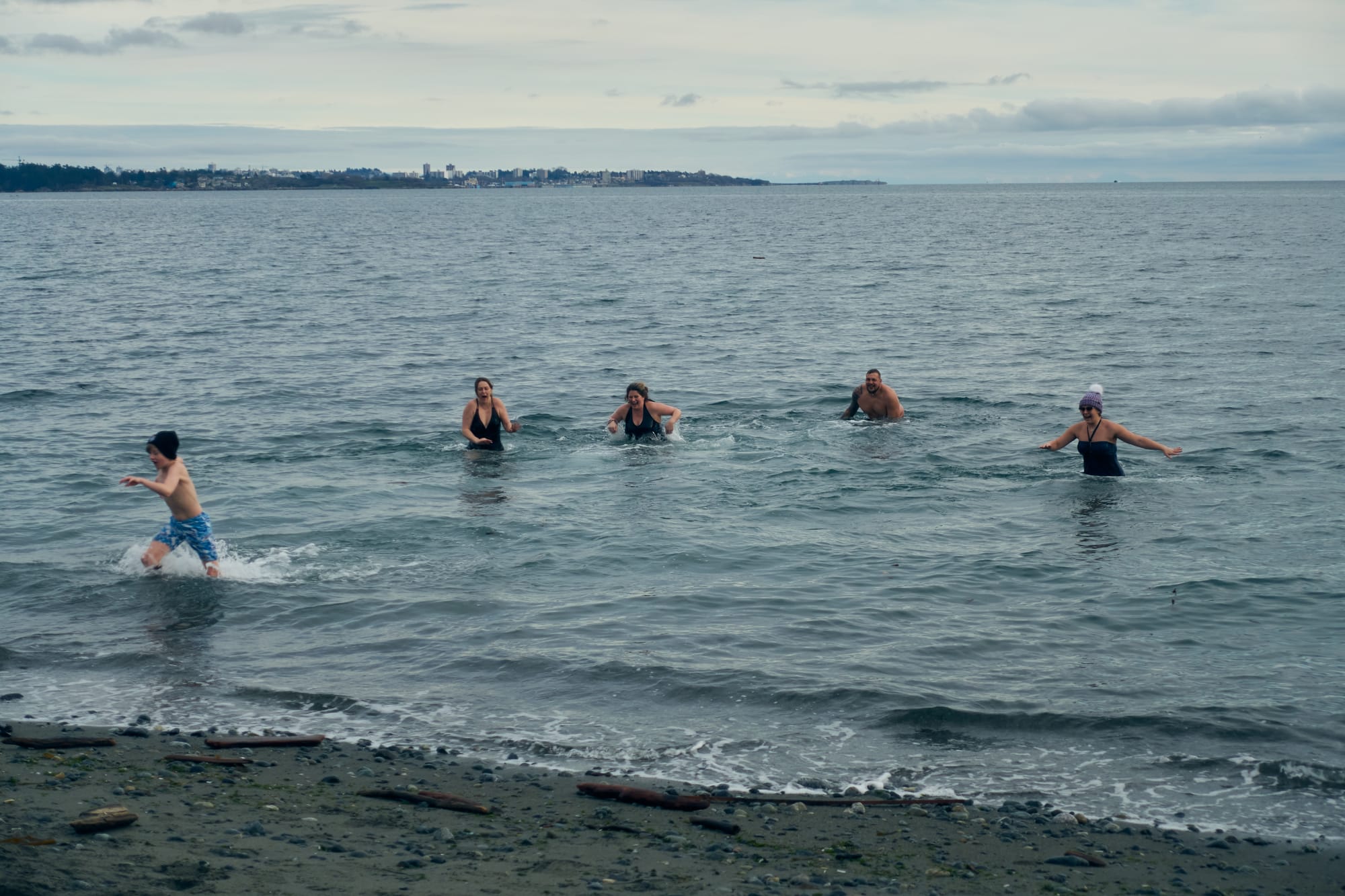


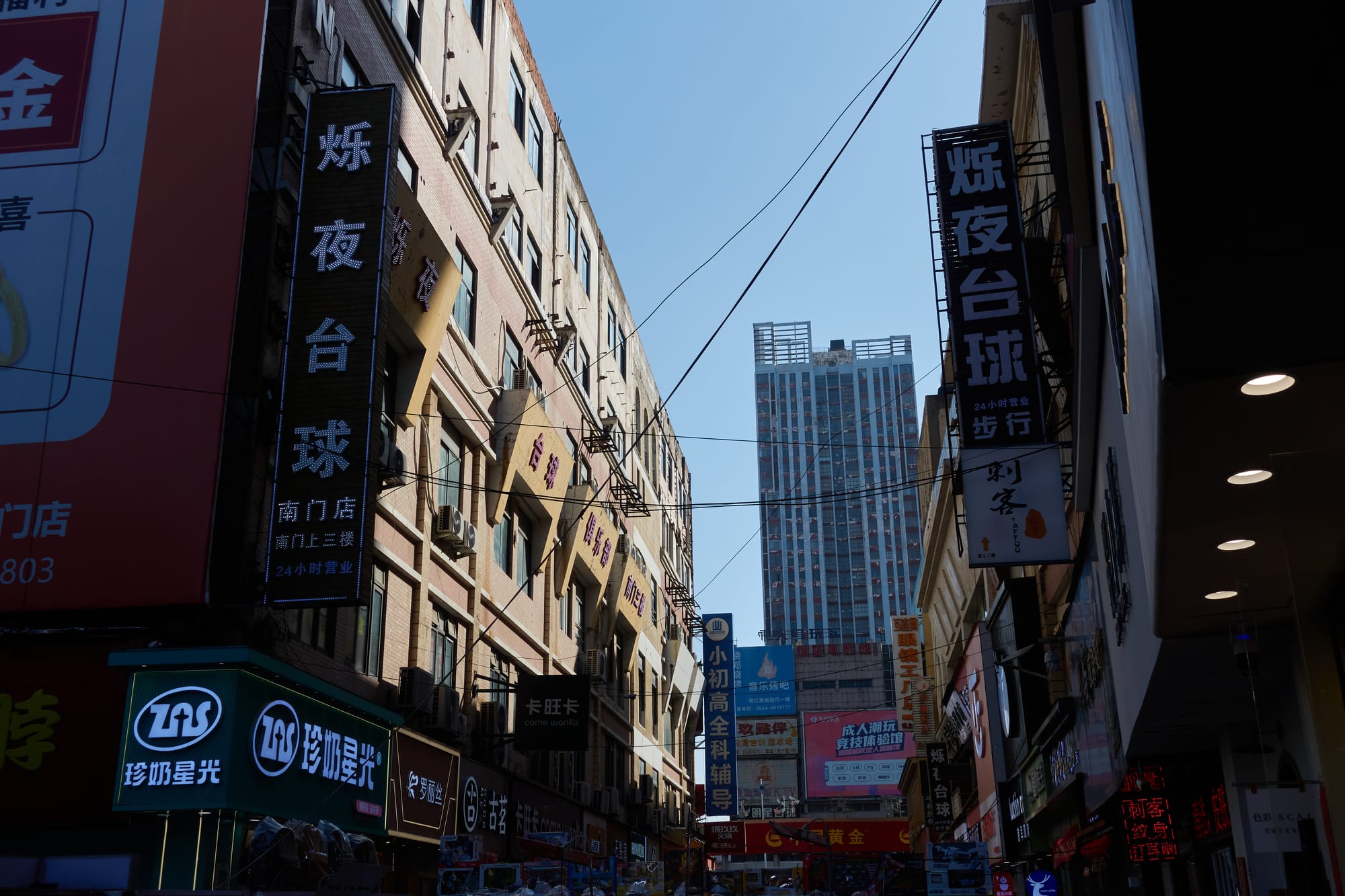
As for shooting video with the Sony Cyber-shot DSC-RX100 III, it captures 1080 60p/24p HD video with full exposure control and the option of MPEG-4, AVCHD, or XAVC-S codecs. It can also shoot up to 120 frames per second in 720p. For monitoring exposure, the camera includes a helpful zebra pattern function that warns the user when highlights are blown out.
The camera's tilting LCD screen can flip 180 degrees above the camera for self-recording, which makes vlogging substantially easier. The continuous autofocus in video mode is serviceable. While not up to modern Sony mirrorless standards, it doesn't lose focus often enough for it to be distracting.
It's certainly good enough for vlogging, perhaps in part due to the camera's smaller sensor size and resulting deeper depth of field. The Sony RX100 III is a surprisingly useful vlogging / travel video camera even for today. I'm looking to start capturing more video, and since this camera is suitable for casual travel filming in a pocketable package, it will definitely be seeing some use.
As likeable as the Sony RX100 III is, I do want to make note of some issues that I've encountered. The camera has been in my possession for a number of years now, and sadly the HDMI port cover on the side of the body doesn't fully close anymore. I tend to baby my cameras so this seems to be a deficiency in the materials used for that specific area.
Another gripe is the unexpected frustration I experienced with the popup viewfinder turning off intermittently while out shooting one time. I was ready to abandon any recommendation of using this camera altogether, but thankfully it's an easy issue to solve. It turns out that when dust gathers on the viewfinder sensor this can happen, and the area just needs to be cleaned with a manual air blower as you'll see in the video below:
I mentioned earlier that shallow depth of field is difficult to achieve with the Sony RX100 III's small sensor size, so you'll definitely want to look elsewhere if shallow depth of field images with impressive subject separation is important to you. Isolated portraits and food photography closeups tend to fall flat with this camera to be completely frank.
Also, if capturing video footage with a wide dynamic range / log format or recording professional audio is crucial to your workflow then this camera will leave you disappointed.

This brings us back to my original question: is there any reason to use a premium digital compact camera over a phone today? We're now seeing smartphone manufacturers incorporate a one inch sensor in their cameras as well, which only narrows the technological gap even further. The Sony Cyber-shot DSC-RX100 III provides a far more rewarding user experience however.
Other compelling reasons I've found to reach for this camera are for the physical controls, excellent zoom lens, professional RAW file output, 3 stop ND filter, and its popup electronic viewfinder. It packs impressive image quality with a smaller footprint than a smartphone, and you'll actually feel like a photographer in use, which can be an important distinction for some. I still dislike the feeling of shooting with a smartphone, no matter how good the image quality has gotten over the years.
While it would be nice if the Sony RX100 III's lens was longer than 70mm, I prefer the compromise of a faster lens that is more usable in low light, particularly when paired with a smaller sensor.
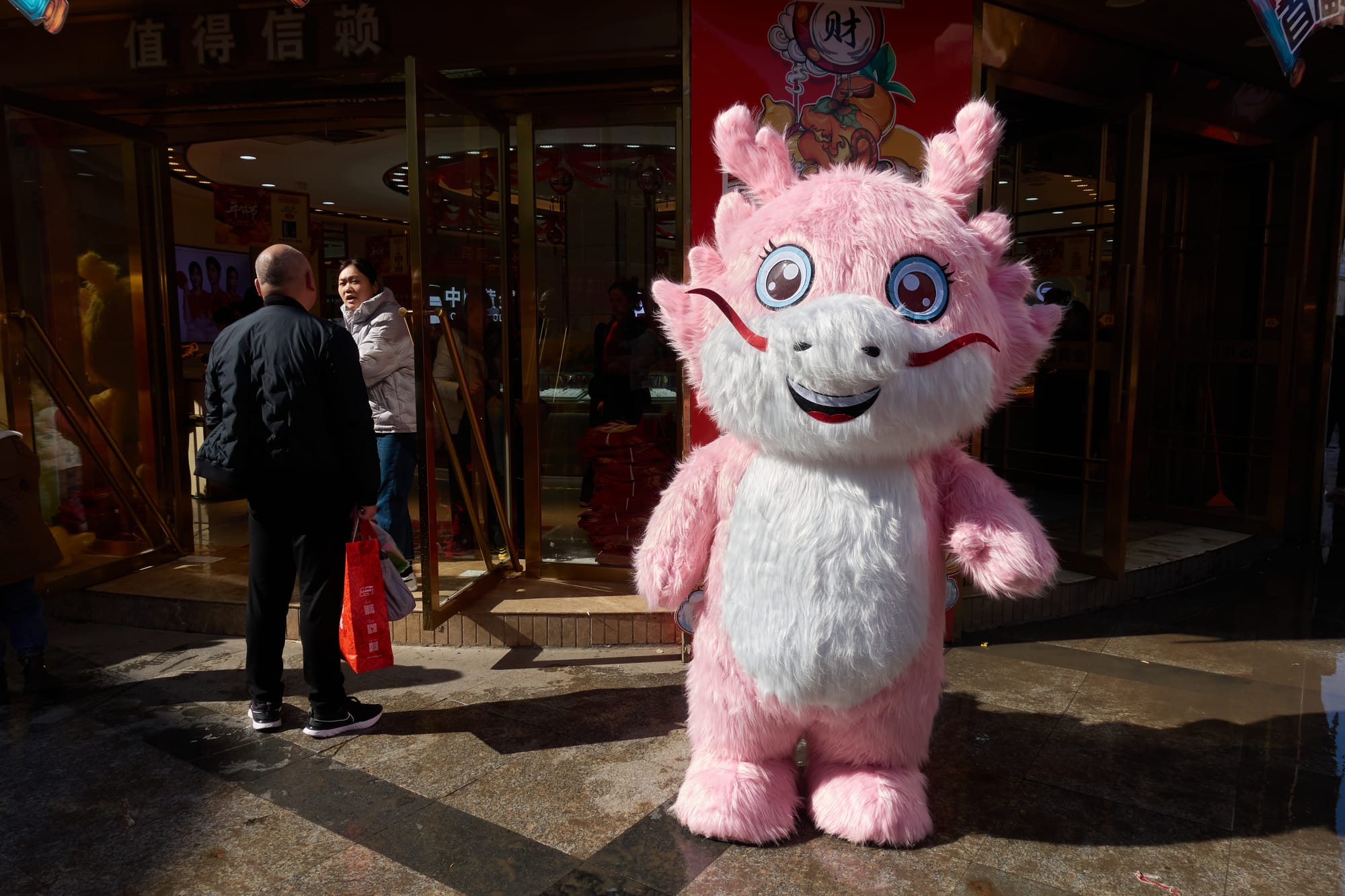

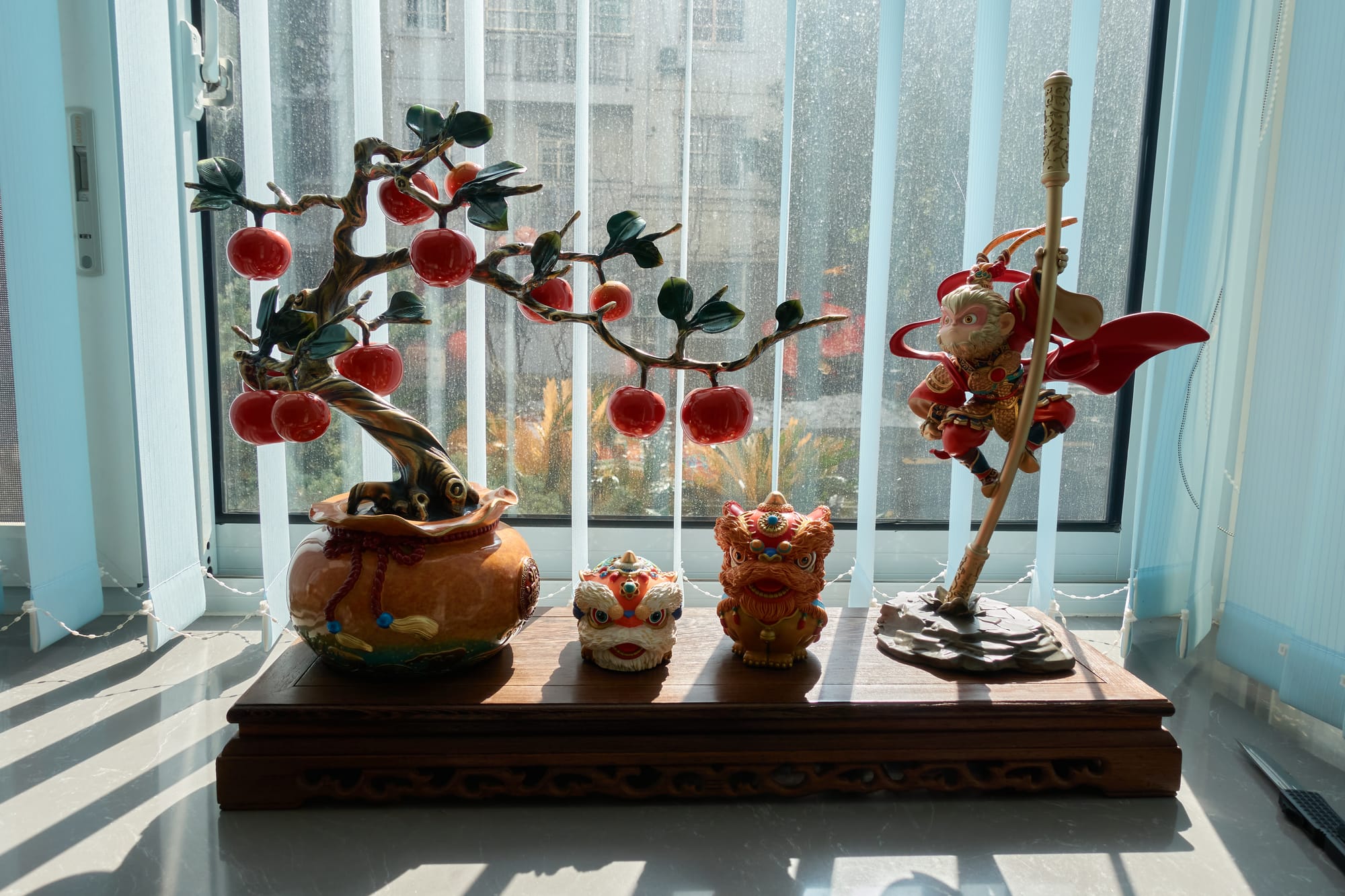
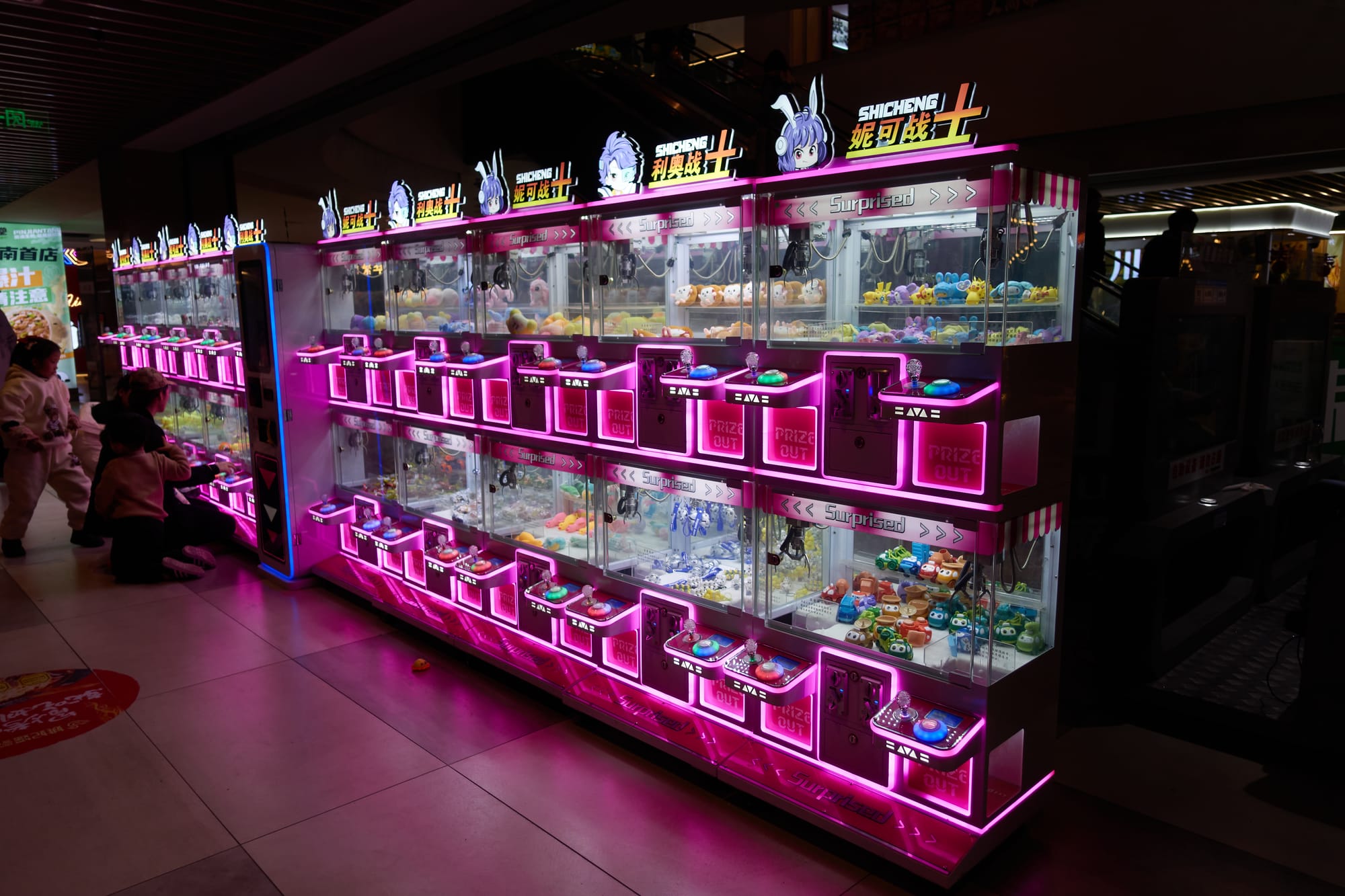
The Sony Cyber-shot DSC-RX100 III is a fine addition to a travel or street photographers's bag or coat pocket in that it provides professional still image quality in an unobtrusive package. If you tend to shoot with a deeper depth of field most of the time, then this camera remains is an excellent choice. You'll look like a tourist using it, which is always a good thing in my books.
I honestly figured that cameras like these had become obsolete, but it's actually proved itself more useful than I expected. While it's true that the market for this kind of camera has diminished with the proliferation of smartphones, it does maintain a valid use case if you simply prefer to capture images with a traditional camera. And we could all use a break from the phone once in a while.




